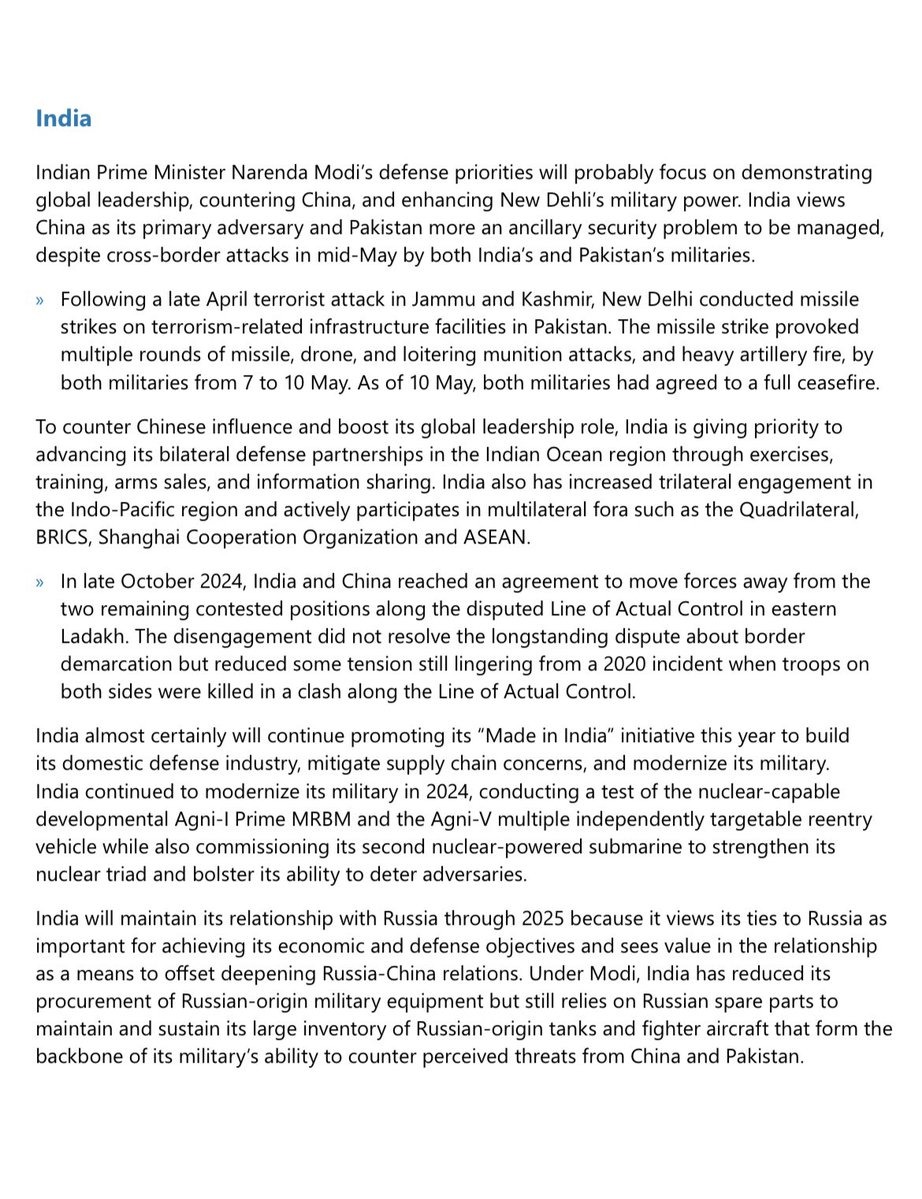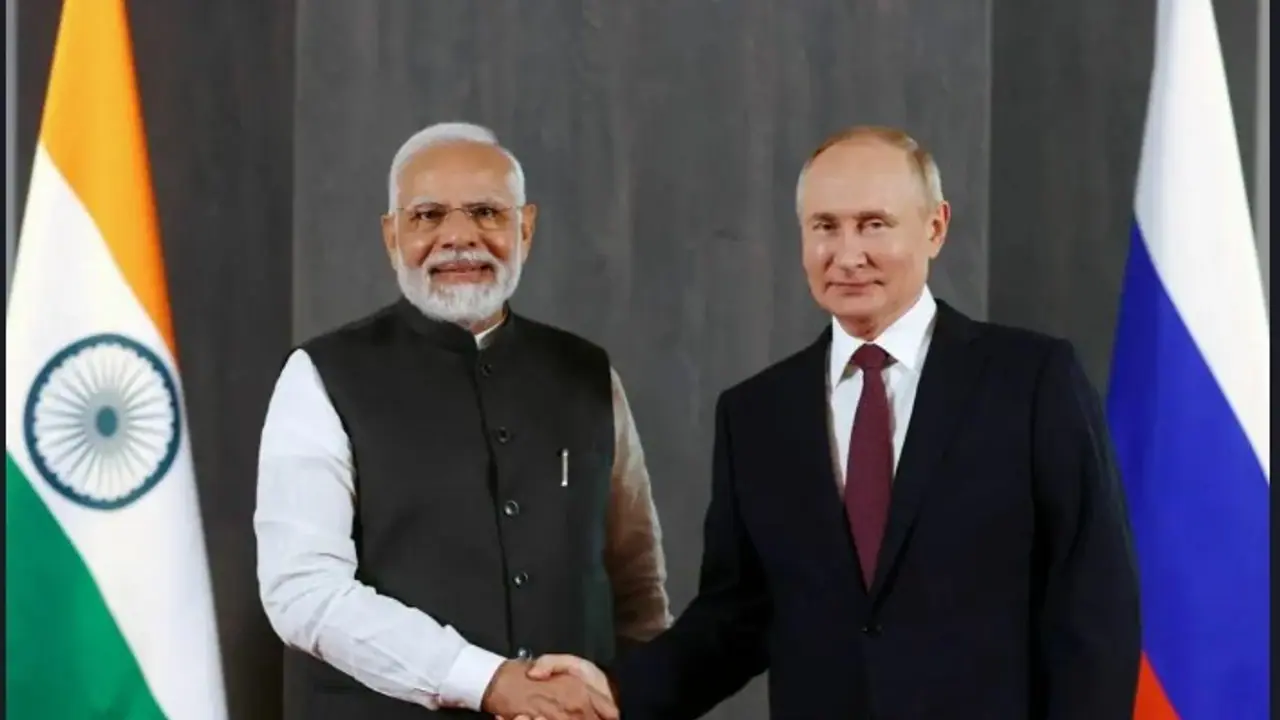India is cutting back on Russian weapons imports but still depends on spare parts to sustain key military equipment, says a US intelligence report. India remains focused on countering China and Pakistan through modernization and partnerships.
India is reducing its purchases of Russian-origin military equipment, but continues to rely heavily on Russian spare parts to maintain its large stock of Russian-origin tanks and fighter jets. This assessment comes from a recent US intelligence report examining India’s defense priorities under Prime Minister Narendra Modi.

According to the report, Russian-made tanks and aircraft still form the backbone of India’s ability to respond to threats from China and Pakistan. While India has slowed direct procurement of Russian weapons, it continues to value its long-standing relationship with Moscow, both for economic and defense needs and sees this relationship as a way to counter deepening military ties between Russia and China.
In 2024, India continued to boost its domestic defense sector through the “Made in India” initiative, aimed at reducing dependence on foreign suppliers, improving supply chains, and modernizing the military. India also tested two advanced missile systems: the nuclear-capable Agni-I Prime MRBM and the Agni-V missile, which is designed to carry multiple nuclear warheads. In addition, India commissioned its second nuclear-powered submarine to strengthen its nuclear triad and improve its deterrence capabilities.

On the China front, India continues to focus on demonstrating global leadership and countering Beijing’s influence, especially in the Indo-Pacific, highlights the US intel report. To do so, it is expanding defense cooperation through joint military exercises, arms sales, and intelligence sharing, particularly with countries in the Indian Ocean region. India is also deepening its participation in multilateral forums such as the Quad, BRICS, ASEAN, and the Shanghai Cooperation Organization.
The US report also mentions that India and China reached a limited agreement in October 2024 to pull troops back from two disputed positions along the Line of Actual Control (LAC) in Ladakh. While the deal helped ease tensions, it did not resolve the underlying border disagreement. Sporadic clashes still occurred, including one in which both sides suffered casualties near the LAC.
India’s tensions with Pakistan also flared recently, adds the US report. After a terror attack in Jammu and Kashmir in late April, India launched missile strikes on terrorist infrastructure inside Pakistan. This triggered days of missile, drone, and heavy artillery exchanges between both militaries from May 7 to 10. A ceasefire was agreed upon on May 10.
Despite these challenges, India’s broader defense strategy continues to emphasize military modernization, regional leadership, and strategic partnerships to counter threats from its neighbors and to assert its influence globally.


